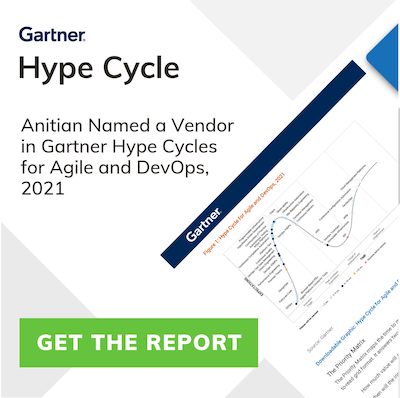When you want a new house, do you go shopping for wood, nails, and drywall? Of course not. That’s absurd. Aside from a few of you rugged individualist types, buying each individual component of a home is a 19th-century solution to the need for shelter.
So why are we buying information security like it’s the 19th century?
Today, we acquire security as if we were pioneers on the prairie. We seek out each individual component of a security platform, such as endpoint security, SIEM, NGFWs, vulnerability scanners, and so forth. And once we buy them (which is a tangled web in and of itself), we must assemble them into an operational platform to defend our business, data, and applications.
This too is absurd.
Now, we may know how to build a home, but that does not mean we should build one. I possess the ability to swing a hammer and wire up outlets, but I would never live in a home I built. At best, any home I built would be an amateur effort, filled with poorly constructed components that endanger my safety.
Likewise, your security teams may know how to build a security platform. However, that doesn’t mean they should build one. If you are not a security company, then your security platform may also be an amateur effort, filled with poorly configured components that endanger your data safety.
It’s time to move into the 21st century and seek out security homes, not tools.
Welcome to the Security Home of the Future
The future of security is buying homes, or more appropriately, pre-built cloud environments that have all the tools you need, perfectly configured to a known, proven security standard, such as FedRAMP, PCI, or ISO 27001. These cloud security platforms will remove all the guesswork from building high performance, high resilient environments.
When you need to deploy workloads for a business application, you’ll spin up your security platform. Migrate your apps into this security “home” and then your apps and data will be safe and snug inside a cloud architecture that’s secure and compliant by default and by design. There will be no guesswork. The architecture will be zero-trust from the moment it’s brought online. You’ll have to overtly enable access, ensuring that there’s no discretionary access. Security monitoring, logging, and configuration will be automated. No humans who forget to run the scans because Aunt Maude’s cat got worms.
Now, if this sounds like a thinly disguised sales pitch for Anitian, well, it’s not. There’s no disguising this. This is what we believe.
We built the future of security at Anitian because we were tired of watching organizations unsuccessfully bolt security on at the 11th hour only to have it fall apart because it wasn’t baked into the environment. We built our cloud security platform because we’ve observed the clumsy, slow, and error-prone way of buying individual components. We built this because automation is the only way to deliver a depth of consistency and discipline necessary.
“We built the future of security at Anitian because we were tired of watching organizations unsuccessfully bolt security on at the 11th hour only to have it fall apart because it wasn’t baked into the environment.”
Now, at this point, you’re coming up with reasons why this does not work. I’m sure plenty of frontiersman in the early 1900s felt the same way about those noisy “home building machines.” There are some cases where this approach is still clunky. Specifically, corporate end-user networks filled with laptops and USB sticks. These environments remain fundamentally untrusted. As such, a zero-trust architecture would be difficult to adopt.
However, in time, as we perfect the automation of security platforms, even corporate security will be under the eye of a pre-built platform.
We all work in the 21st century. If we’re ever going to get ahead of the threats, we cannot keep throwing tools, money, and time at the problem. Automation is the future. This is not some psilocybin fueled fever dream, its logical. Automation is always the future. From the old frontier to the modern cities of today. We as a species thrive because of automation, not in spite of it.


